- Gauges
- Concealable
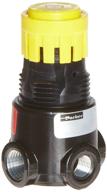
3
·
Very good

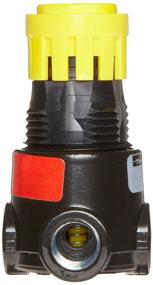
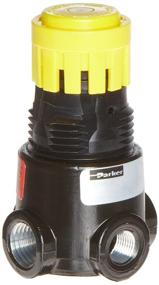
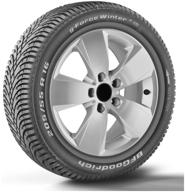
BFGoodrich g-Force Winter 2 185/65 R15 92T

49 Review
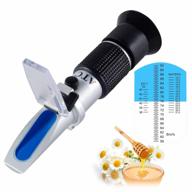
🍯 Honey Refractometer with Automatic Temperature Compensation (ATC) - Tiaoyeer Moisture, Brix, and Baume Refractometer for Honey, 58-90% Brix Scale Range - Honey Moisture Tester

31 Review

Laser pointer Green Laser 303

31 Review

Thickness gauge CarSys DPM-816 PRO (Fe/nFe)

31 Review

BFGoodrich g-Force Winter 2 185/65 R15 92T

49 Review
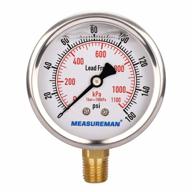
Lead-Free Pressure Gauge, 2-1/2Inch Dial, Glycerin Filled, 0-160Psi/Kpa Stainless Steel Case 1/4InchNPT Lower Mount MEASUREMAN

7 Review
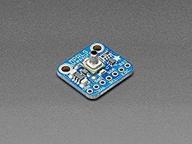
🔒 Pressure Sensor Breakout: Adafruit's Enhanced Portability

5 Review
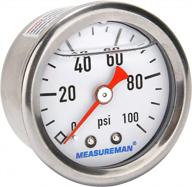
Fuel Pressure Gauge - 1-1/2" Dial, 304 Stainless Steel Case, Liquid Filled, 0-100Psi, 3-2-3%, 1/8"NPT Center Back Mount

11 Review